Are you itching for a travel experience that is rare and “hot”? Or looking for a trendy trip for a great luxe gift to someone wonderful? Customized travel group Kensington Tours shares their top ten travel trends for 2013 with vacation adventures that include dragons, lemurs, soccer, white sand beaches in Africa, the land of the Hobbit, and the best Northern lights in 50 years. They polled people they call Destination Experts i.e. in their own words “Kensington’s team of seasoned nomads, globetrotters and adventure enthusiasts.” I have never experienced a Kensington trip so the specific adventures linked below are not personally vetted, though I have enjoyed exotic river cruises, safaris and night-time lights shows in other ways and recommend the concepts ! Read on for the top travel trend results as Kensington sent them to Luxury Travel Mavens:
Trending Wonders in their Words:
1. Asian Safaris – Dragons, Tigers, Orangutans & More
One wild trend that is on the 2013 hotlist – More families are requesting animal safaris in Southeast Asia than ever before! Borneo’s orangutans, Cambodia’s elephants, Thailand’s tigers, Laos’ gibbons and Indonesia’s komodo dragons, these animals add another dimension to the temples and treasures of these culturally rich countries.
2. Glamping – The Glam In Latin American Camping
Take some of Latin America’s wildest destinations, a large dose of fresh air, mobile tents and evening campfires, add porters to carry your gear, breakfast mimosas, and a personal chef – this is what glamping is all about! Ecuador, Peru, Venezuela and Patagonia all have a growing collection of luxury mobile camps for those who love the great outdoors but don’t want to miss out on prerequisite holiday pampering.
3. River Cruises – From Europe To The World
The popularity of European river cruises in past years has gone global. Quickly cruising their way on to the top of 2013’s travel hotlist are small ship adventures along the Irrawaddy in Myanmar, South East Asia’s Mekong, the Brazilian Amazon and Botswana’s Zambezi.
4. Island Hopping, African Style
Mozambique’s Benguerra, Zanzibar, Seychelles and Mauritius. After a week of going wild on game drives, safari-goers aren’t shy to ask which way to the beach? While the white sands of these African isles aren’t near as busy as Miami, Phuket, Bondi or Rio, 2013 sees them drawing more North American sun-worshipers than ever before.
5. Set Jetting – Lights, Camera, Travel
A blockbuster hit in this day and age can play a real role in driving tourism. Hollywood movies inspire people to visit far off lands and can arouse a strong sense of wanderlust for the destinations showcased on film. For 2013 we anticipate fans building trips around New Zealand’s The Hobbit, India’s Life of Pi and the Wild West’s The Lone Ranger.
6. 2013 Year Of The Northern Lights
Give into the call of the north as the dancing green glow of the Aurora Borealis will be shinning brighter than ever for winter of 2012-2013. NASA has predicted a 50-year peak in the auroral cycle and there’s no finer place to see this natural phenomenon than now through to the end of March from Sweden, Norway or Iceland.
7. Last Call For Untouched Sri Lanka
With publications like Lonely Planet and the New York Times putting Sri Lanka on the top of their 2013 bucket lists, the time is now before crowds hit and prices rise. Go at your own pace with a private guide and driver for a more personal experience and discover Sri Lanka’s tea plantations, elephant sanctuaries, wild jungles, divine temples, sun-kissed beaches and more.
8. Brazil World Cup Warm Up – 2013 Confederations Cup
Held the year before World Cup, Confederation Cup is regarded by football aficionados as the dress rehearsal for the big event and will be drawing travelers in droves to stadiums across Brazil June 15th- 30th 2013. Die-hard fans who want to experience Brazil and World Cup without the high prices are making travel plans for 2013 as they know this is the perfect kick-off
9. Lemur Fever! Madagascar
Bizarrely beautiful, this eco rich isle’s playful lemurs, phenomenal beaches, baobab trees and outlandish creatures are quietly climbing their way to the top of every globetrotter’s hit list. The country is only now beginning to embrace tourism after years of being off the map and it’s an exotic add-on to any African safari.
10. Travel Smart – With A Smartphone
HD cameras and travel apps on smartphones are bringing the days of lugging around heavy gear, books and other gadgets to an end. With apps such as Instagram, Pinterest and Twitter, you can share their travel moments those instantly as opposed to weeks later when the postcard arrives.
You
What are you own predictions for travel trends? Which of the above would you add to your bucket list? Which have you already enjoyed? What was it like? Please add your thoughts in the comments section below the field of wildflowers. Happy Travelling!
Posted by Lisa TE Sonne for Luxury Travel Mavens
Photographs by (c) Lisa TE Sonne Please contact her for permission to re-use.

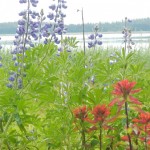
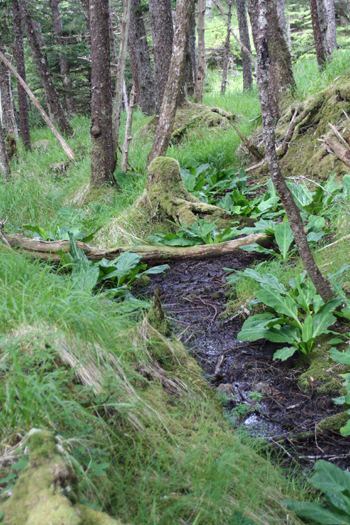
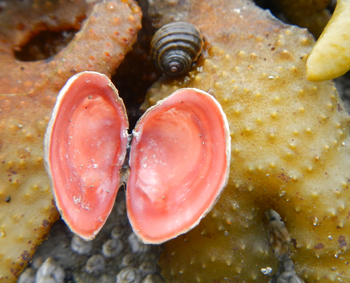
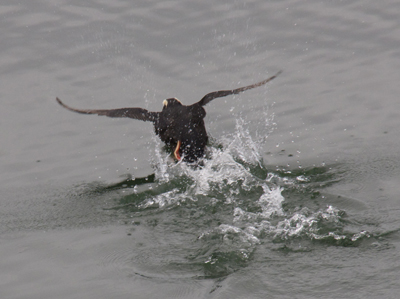












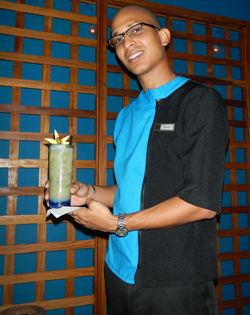
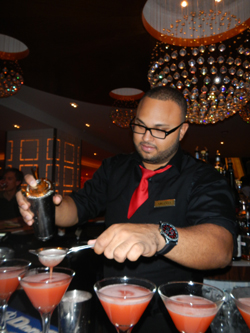
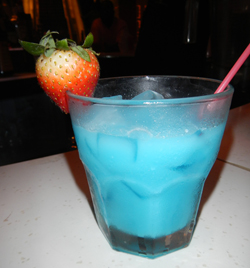
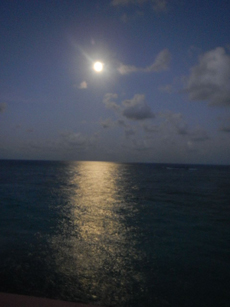
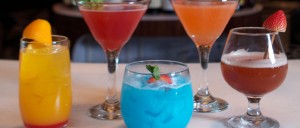
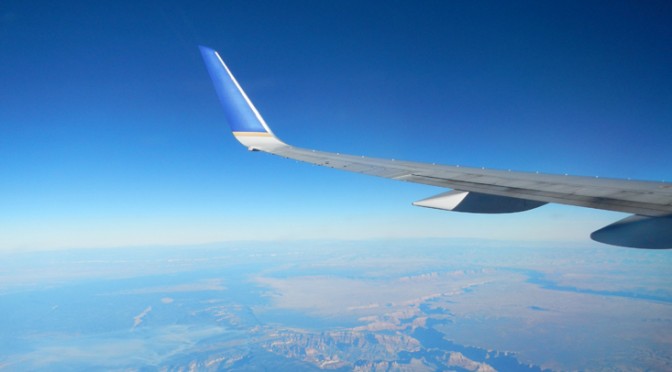
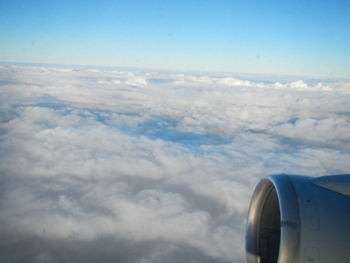
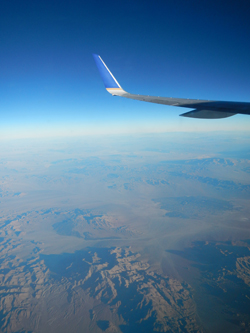

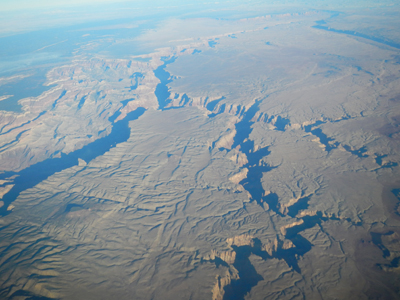
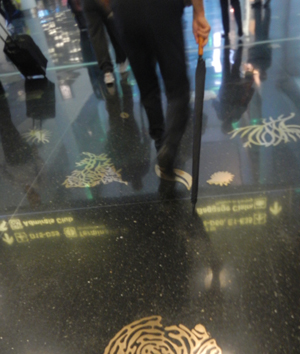
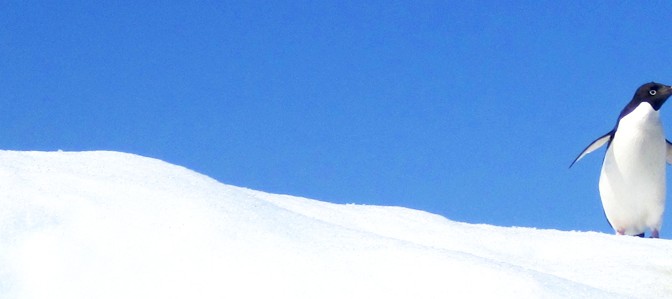



 The MS FRAM (Norwegian for “forward”) is a modern boat with English speaking crew, outdoor Jacuzzis, a sauna, observation decks, and a team of scientists and expedition leaders to answer questions. Smaller flat-bottomed boats are used for twice-daily shore expeditions to remarkable places, weather permitting, and to get closer to floating icebergs to see playful penguins sliding down the slopes.
The MS FRAM (Norwegian for “forward”) is a modern boat with English speaking crew, outdoor Jacuzzis, a sauna, observation decks, and a team of scientists and expedition leaders to answer questions. Smaller flat-bottomed boats are used for twice-daily shore expeditions to remarkable places, weather permitting, and to get closer to floating icebergs to see playful penguins sliding down the slopes.
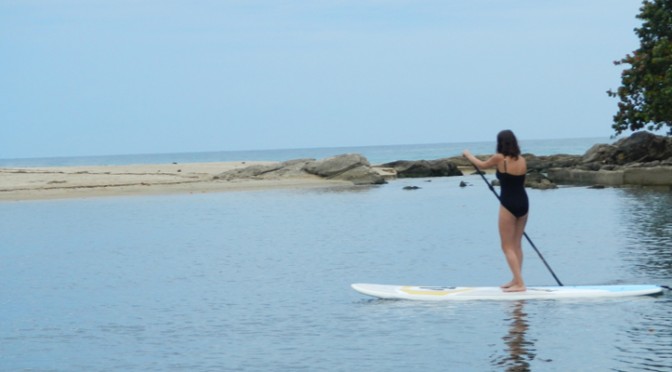










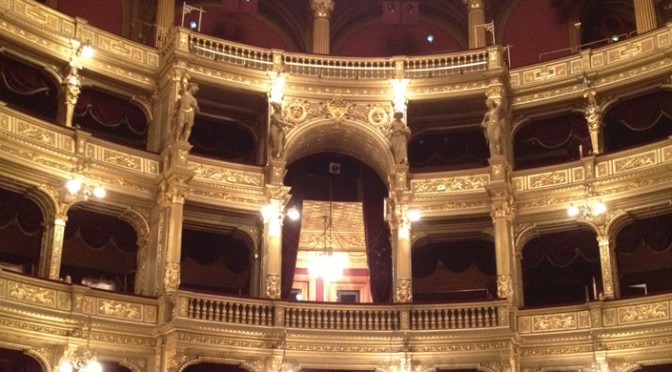
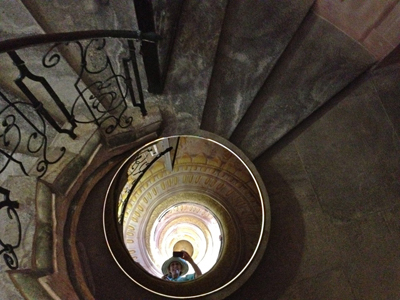
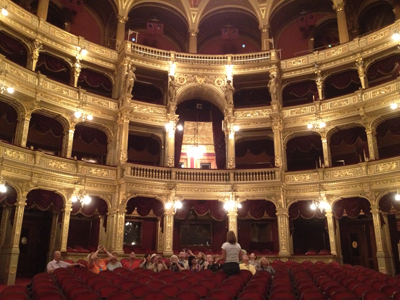
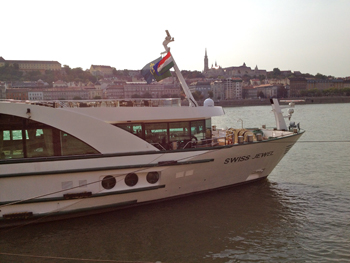









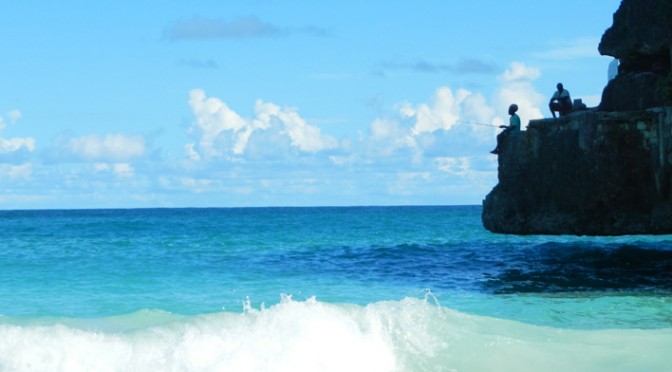






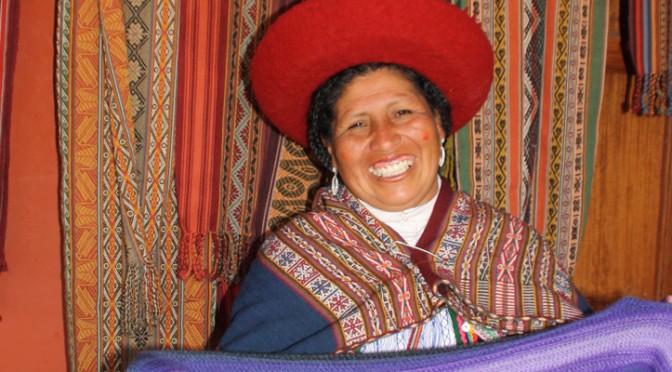















Recent Comments